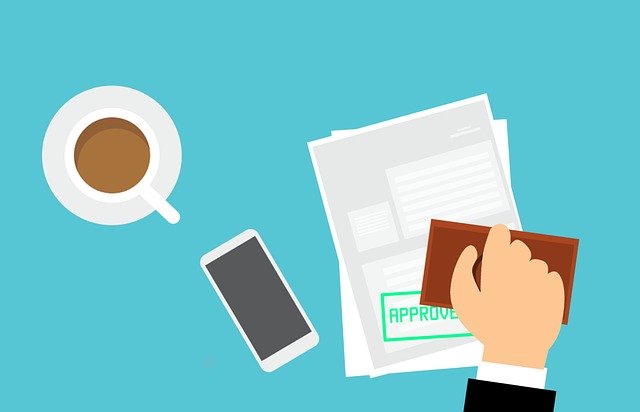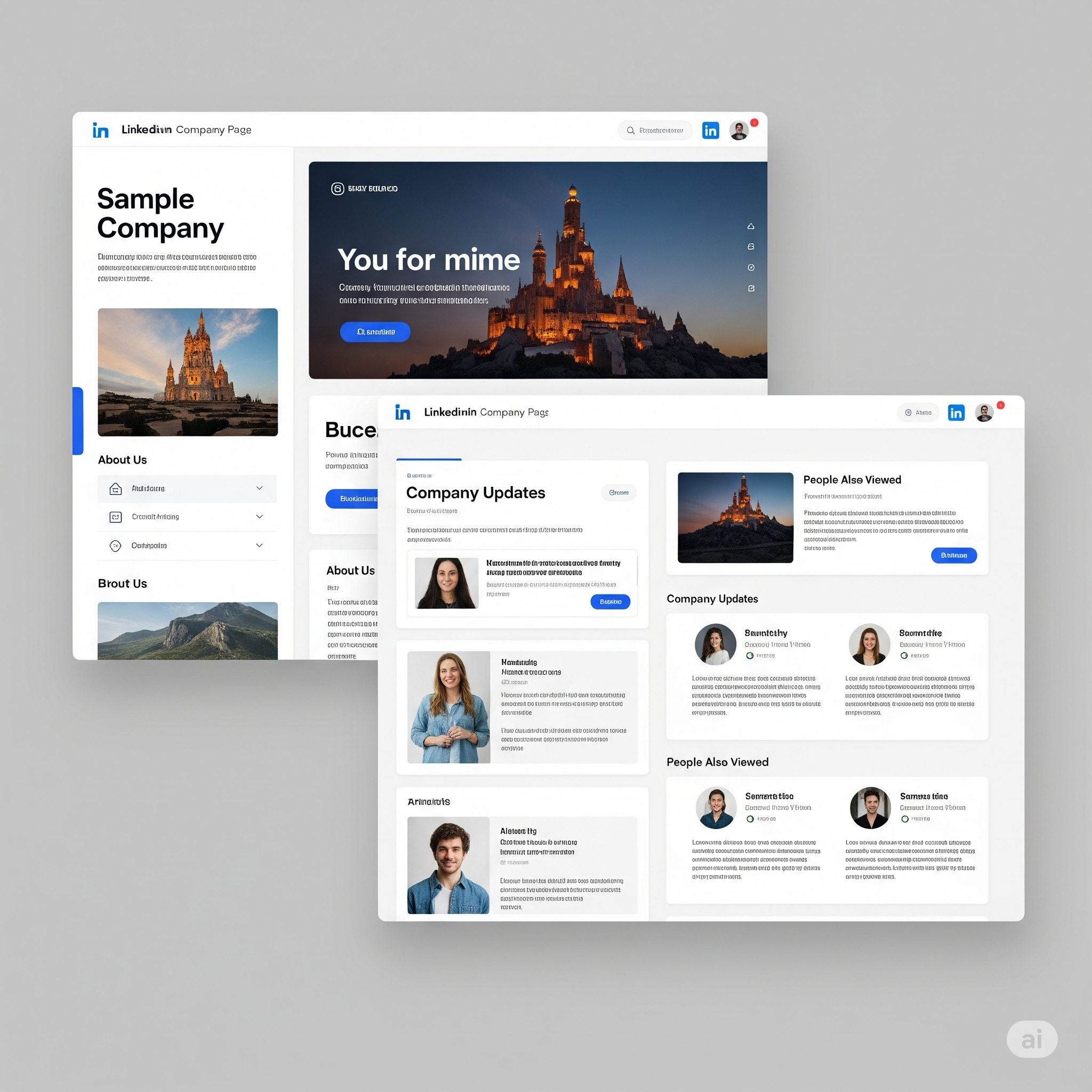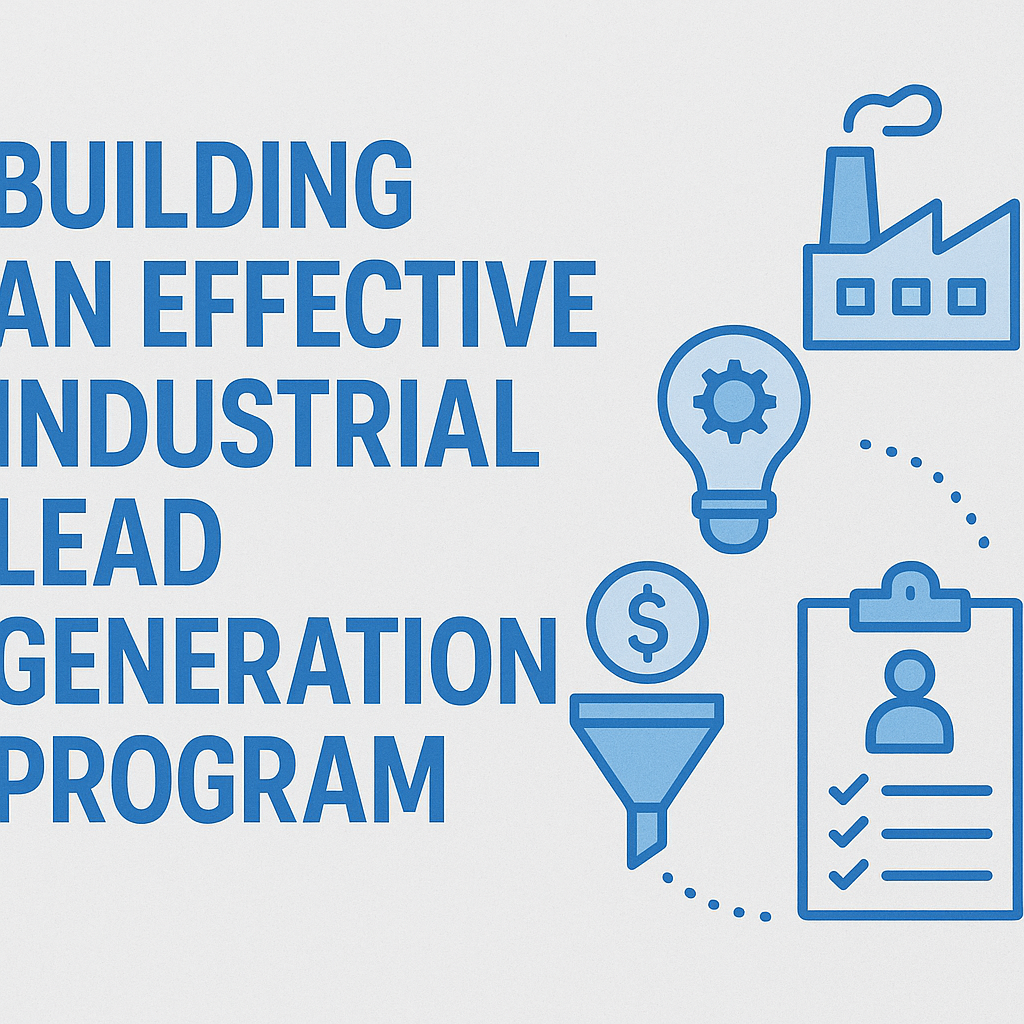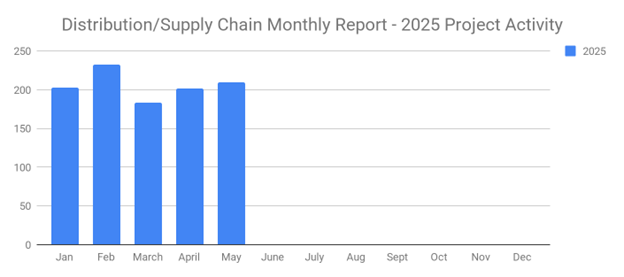
B2B leads are often classified as sales qualified or marketing qualified, depending on which department qualifies them. Sales-qualified leads are qualified by a B2B company's sales department, whereas marketing-qualified leads are qualified by a B2B company's marketing department. After being qualified, the leads are used for sales purposes, with sales reps contacting them to promote their B2B company's products or services. How do sales-qualified and marketing-qualified leads differ from each other exactly, and which type should you focus on acquiring for your B2B company's sales activities?
What Is a Sales-Qualified Lead?
A sales-qualified lead is a prospective buyer who's been vetted by your B2B company's sales department as a prime target for sales activities. They typically show some level of interest in a product or service. Maybe a prospective buyer sent your B2B company a private message on LinkedIn, or perhaps a prospective buyer called your B2B company's office to inquire about a product or service. Regardless, when a prospective buyer shows interest in one of your B2B company's products or services and is vetted by the sales department, he or she is considered a sales-qualified lead.
What Is a Marketing-Qualified Lead?
A marketing-qualified lead, on the other hand, is a prospective buyer who's been vetted by your B2B company's marketing department as being ready for nurturing. Like sales-qualified leads, they often convert into paying buyers -- more so than unqualified leads. However, marketing-qualified leads don't always show interest in a product or service. Rather, they are considered candidates for nurturing, which if performed correctly, may prompt them to make a purchase.
Conversion Rate
You'll likely discover that sales-qualified leads have a higher conversion rate than marketing-qualified leads. Research shows that about 13% of B2B leads convert. Sales-qualified leads, however, are usually more likely to convert than their marketing-qualified counterparts because they've been vetted by your B2B company's sales department. As previously mentioned, sales-qualified leads are considered ready for sales activities. You can immediately contact a sales-qualified lead to promote a product or service.
While you can technically contact a marketing-qualified lead to pitch your sales message as well, you'll experience a lower rate of success when doing so. Marketing-qualified leads are only ready for nurturing; they aren't ready for sales activities. Contacting a marketing-qualified lead prematurely typically won't land you a sale. You must nurture the marketing-qualified lead so that he or she recognizes the benefits, as well as the value, of your B2B company's product or service.
Volume
Another difference between sales-qualified and marketing-qualified leads lies in their respective volume. Although there are exceptions, most B2B companies generate more marketing-qualified leads than sales-qualified leads.
Sales-qualified leads have a more stringent set of requirements than marketing-qualified leads. Your B2B company's sales department must vet a prospective buyer as being ready to make a purchase. Only then will the prospective buyer be considered a sales-qualified lead. In comparison, marketing-qualified leads are more generalized since they are ready for nurturing and not necessarily sales activities. The end result is a larger volume of marketing-qualified leads than sales-qualified leads.
Pipeline
Sales-qualified leads are farther down the sales pipeline than marketing-qualified leads. Sales-qualified leads, in fact, are typically the last phase of the sales pipeline. Marketing-qualified leads are higher up the sales pipeline, meaning they must be nurtured into sales-qualified leads.
A sales pipeline offers a representation of your B2B company's sales process. Different B2B companies use different criteria for their sales pipeline. However, sales-qualified leads are always farther down the sales pipeline than marketing-qualified leads. You must nurture a marketing-qualified lead so that he or she becomes a sales-qualified lead, after which can target the lead with sales messages to promote your B2B company's product or service.
Acquisition
Sales-qualified leads are typically more difficult, as well as costly, to acquire than marketing-qualified leads. You'll have to invest more time and resources to acquire sales-qualified leads due to their more stringent requirements.
Don't let their difficulty of acquisition deter you from using sales-qualified leads. While marketing-qualified leads are usually easier to acquire, sales-qualified leads have the highest conversion rate -- and that's ultimately what matters most. Granted, sales-qualified leads take more time and work to acquire, but they pay off by driving more sales. With a higher conversion rate than marketing-qualified leads, sales-qualified leads are well worth the investment.
In Conclusion
B2B leads are often vetted before they used for sales activities. Marketing-qualified leads are considered ready for nurturing, whereas sales-qualified leads are considered ready for sales activities. The former are vetted by your B2B company's marketing department, while the latter are vetted by its sales department.
You don't have to limit your B2B company's operations to only targeting a single type. Rather, you can target both marketing-qualified and sales-qualified leads to achieve greater sales success.
What to learn more? Get in Touch





